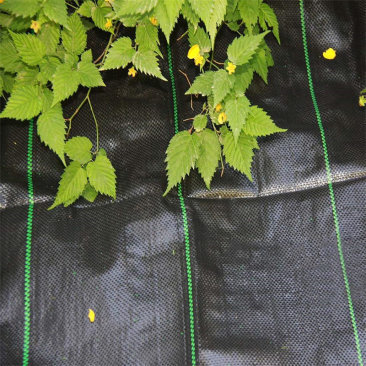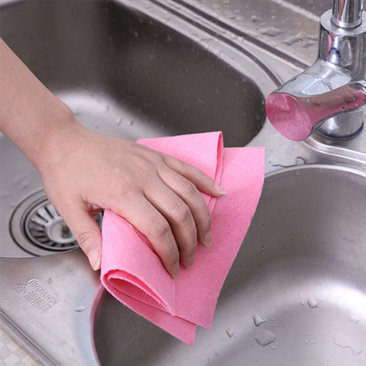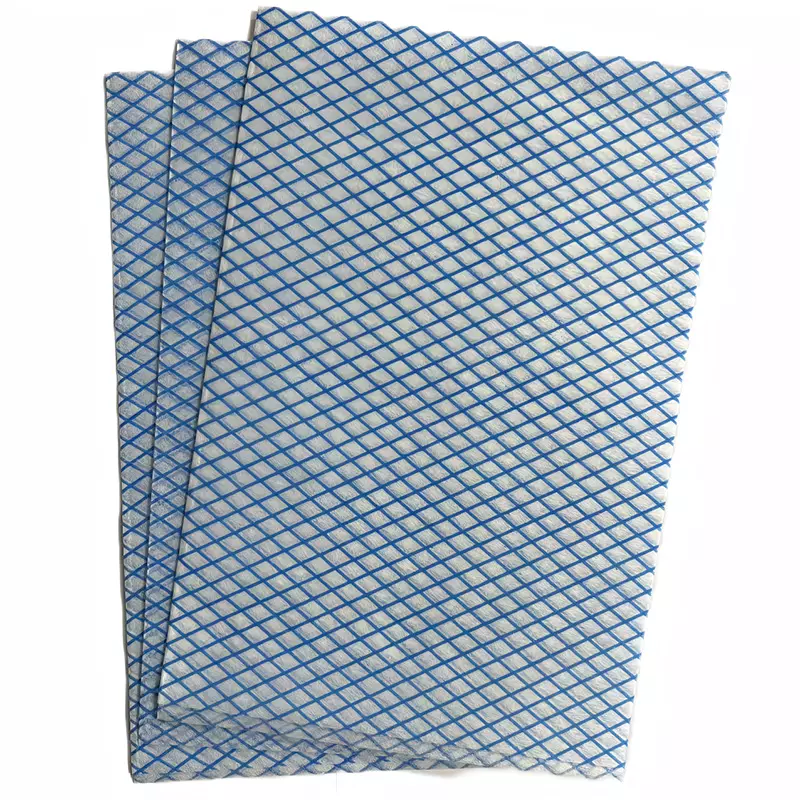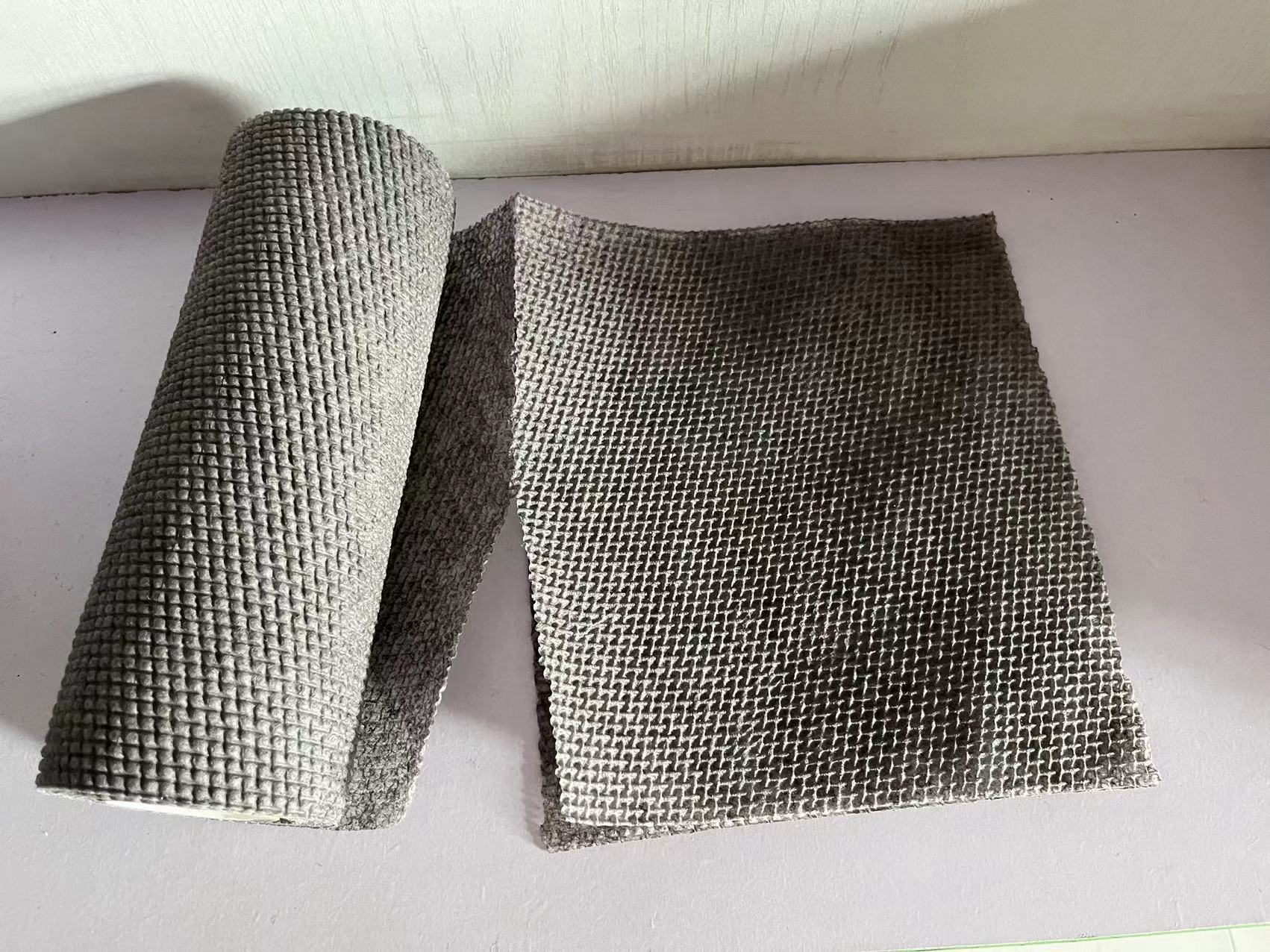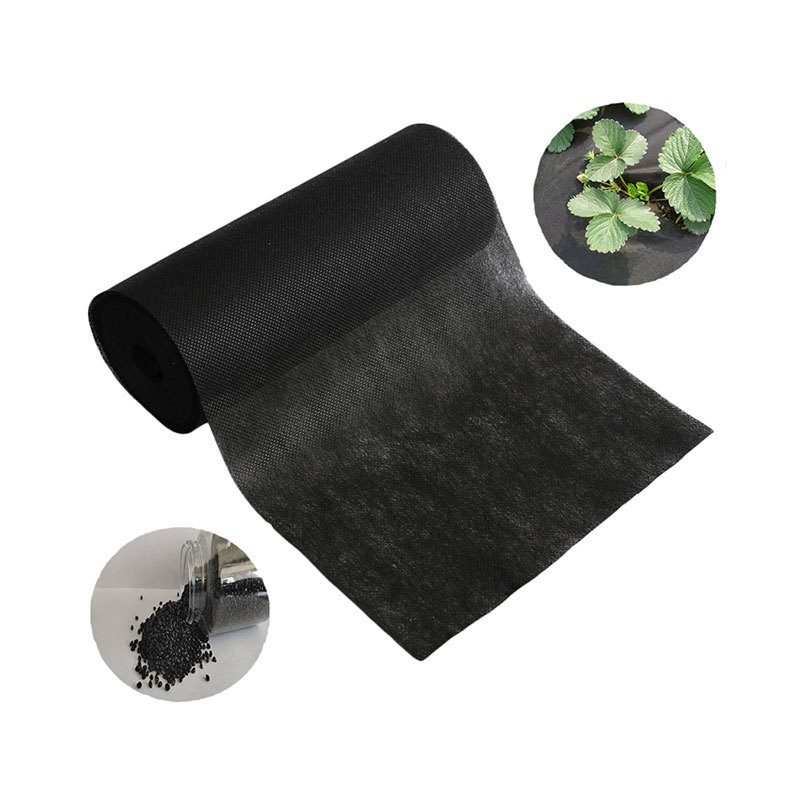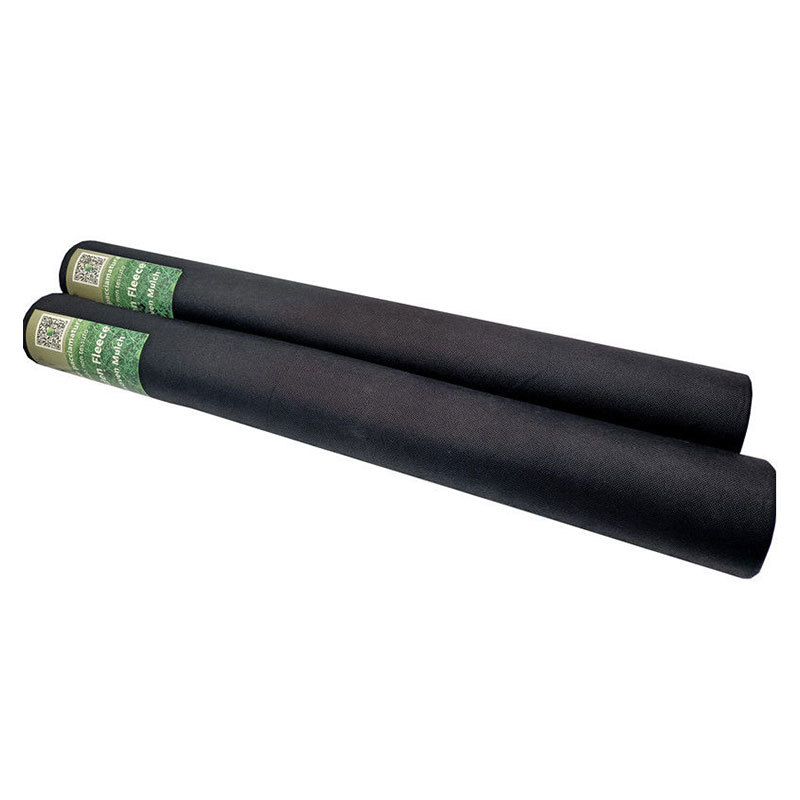08
2025
-
08
Harnessing Eco-Friendly Benefits: Polypropylene Nonwoven Fabric in Everyday Life
Harnessing Eco-Friendly Benefits: Polypropylene Nonwoven Fabric in Everyday Life Table of Contents Introduction to Polypropylene Nonwoven Fabric What is Polypropylene Nonwoven Fabric? Characteristics and Properties of Polypropylene Nonwoven Fabric Environmental Impact of Polypropylene Nonwoven Fabric Applications of Polypropylene Nonwoven Fabric in Daily Life Advantages fo
Harnessing Eco-Friendly Benefits: Polypropylene Nonwoven Fabric in Everyday Life
Table of Contents
- Introduction to Polypropylene Nonwoven Fabric
- What is Polypropylene Nonwoven Fabric?
- Characteristics and Properties of Polypropylene Nonwoven Fabric
- Environmental Impact of Polypropylene Nonwoven Fabric
- Applications of Polypropylene Nonwoven Fabric in Daily Life
- Advantages for Consumers and Businesses
- The Future of Nonwoven Fabrics in Sustainability
- Frequently Asked Questions
- Conclusion
Introduction to Polypropylene Nonwoven Fabric
In recent years, the demand for eco-friendly materials has skyrocketed, prompting various industries to seek sustainable alternatives. Among these materials, **polypropylene nonwoven fabric** has emerged as a leading choice due to its versatility, durability, and minimal environmental impact. This article delves into the **benefits of polypropylene nonwoven fabric**, exploring its characteristics, applications, and eco-friendly advantages in our everyday lives.
What is Polypropylene Nonwoven Fabric?
Polypropylene nonwoven fabric is created from **polypropylene fibers**, a type of thermoplastic polymer. Unlike traditional woven fabrics made from yarn, nonwoven fabrics are produced through a unique process that entangles fibers through mechanical, thermal, or chemical means. This innovative approach results in a fabric that is lightweight, strong, and resistant to various environmental factors.
Production Process of Polypropylene Nonwoven Fabric
The production of polypropylene nonwoven fabric involves several key steps:
1. **Fiber Spinning**: Polypropylene pellets are melted and extruded into filaments.
2. **Web Formation**: Fibers are laid down randomly or in a specific pattern to create a web structure.
3. **Bonding**: The web is bonded through various methods, such as needle punching or thermal bonding, to enhance its strength and durability.
4. **Finishing**: Additional treatments may be applied to create specific characteristics, such as water repellency or UV resistance.
Characteristics and Properties of Polypropylene Nonwoven Fabric
Polypropylene nonwoven fabric boasts an array of remarkable properties, making it suitable for various applications. Here are some notable characteristics:
1. Lightweight and Breathable
One of the most appealing features of polypropylene nonwoven fabric is its lightweight nature. This makes it easy to handle and transport while maintaining breathability, which is crucial for applications such as clothing and protective gear.
2. Chemical Resistance
Polypropylene is inherently resistant to many chemicals, making nonwoven fabrics an excellent choice for industrial applications where exposure to harsh substances is common.
3. Moisture Wicking
The fabric efficiently wicks moisture away from the body, enhancing comfort in clothing and other applications. This property is particularly valuable in personal protective equipment (PPE) and sportswear.
4. Durability and Tear Resistance
Polypropylene nonwoven fabrics are known for their durability. They withstand wear and tear, making them ideal for reusable products such as bags and agriculture covers.
Environmental Impact of Polypropylene Nonwoven Fabric
The production and use of polypropylene nonwoven fabric have a significantly lower environmental impact compared to traditional woven fabrics. Here are some key points to consider:
1. Sustainable Sourcing
Polypropylene is derived from petroleum, a non-renewable resource. However, advancements in recycling technologies have enabled the use of recycled polypropylene, reducing the reliance on virgin materials.
2. Energy Efficiency
Manufacturing polypropylene nonwoven fabric requires less energy compared to conventional textiles. The reduced energy consumption during production contributes to a lower carbon footprint.
3. Waste Reduction
The nonwoven fabric's durability leads to less waste generation. Unlike woven fabrics that may fray or tear easily, polypropylene nonwoven fabric can be reused multiple times, minimizing disposal issues.
Applications of Polypropylene Nonwoven Fabric in Daily Life
Polypropylene nonwoven fabric has found its way into various aspects of everyday life. Its versatility has led to numerous applications:
1. Personal Care Products
From diapers to feminine hygiene products, polypropylene nonwoven fabric is commonly used in personal care items. Its absorbent and breathable properties make it ideal for these applications.
2. Medical and Healthcare
In the medical field, polypropylene nonwoven fabric is utilized for surgical gowns, masks, and drapes. Its sterile and protective qualities help ensure safety in healthcare environments.
3. Geotextiles and Agriculture
Polypropylene nonwoven fabric is employed in agriculture for weed control, erosion prevention, and crop protection. Its permeable nature allows water and nutrients to pass through while blocking unwanted weeds.
4. Home and Household Items
From reusable shopping bags to home furnishings, polypropylene nonwoven fabric is increasingly used in various household items, emphasizing sustainability and durability.
5. Automotive Industry
The automotive sector leverages polypropylene nonwoven fabric for sound insulation, interior linings, and filtration systems, showcasing its versatility and performance.
Advantages for Consumers and Businesses
The adoption of polypropylene nonwoven fabric offers several advantages for both consumers and businesses:
1. Cost-Effectiveness
Polypropylene nonwoven fabric is typically less expensive to produce than traditional textiles, allowing businesses to offer cost-effective solutions without compromising quality.
2. Versatility
The fabric's adaptability means it can be tailored to suit a wide range of applications, from fashion to industrial uses, thereby attracting diverse market segments.
3. Eco-Friendly Appeal
With growing consumer awareness surrounding sustainability, products made from polypropylene nonwoven fabric resonate with environmentally conscious customers, enhancing brand loyalty.
The Future of Nonwoven Fabrics in Sustainability
As the world focuses more on sustainability, the future of nonwoven fabrics, especially polypropylene, looks promising. Innovations in recycling processes, biodegradable options, and improved manufacturing techniques are expected to further enhance the eco-friendly benefits of polypropylene nonwoven fabric.
1. Innovations in Recycling
Advancements in recycling technology allow for the effective repurposing of used polypropylene nonwoven products, thereby minimizing waste and promoting a circular economy.
2. Biodegradable Alternatives
Research is ongoing to develop biodegradable nonwoven fabrics, potentially leading to environmentally friendly options that maintain the performance characteristics of traditional polypropylene fabrics.
3. Consumer Education
As awareness of the benefits of polypropylene nonwoven fabric grows, consumer education will play a critical role in driving demand for sustainable products. Companies will need to communicate their eco-friendly initiatives clearly to tap into this market.
Frequently Asked Questions
1. What are the main uses of polypropylene nonwoven fabric?
Polypropylene nonwoven fabric is widely used in personal care products, medical applications, agriculture, automotive, and household items.
2. Is polypropylene nonwoven fabric environmentally friendly?
Yes, polypropylene nonwoven fabric has a lower environmental impact compared to traditional textiles, especially when produced from recycled materials.
3. Can polypropylene nonwoven fabric be recycled?
Yes, polypropylene nonwoven fabric can be recycled, and advancements in recycling technologies are improving the process.
4. How does polypropylene nonwoven fabric compare to woven fabrics?
Polypropylene nonwoven fabric is lighter, more durable, and often more cost-effective than woven fabrics, making it suitable for various applications.
5. What are the benefits of using polypropylene nonwoven fabric in medical applications?
The fabric's sterility, barrier properties, and breathability make it ideal for surgical gowns, masks, and other medical supplies.
Conclusion
In conclusion, **polypropylene nonwoven fabric** is a game-changer in the pursuit of sustainable materials. Its unique properties, coupled with its diverse applications, make it an invaluable resource in our daily lives. As industries and consumers alike embrace eco-friendly solutions, the advantages of polypropylene nonwoven fabric will continue to shine, paving the way for a more sustainable future. By harnessing its benefits, we can contribute to a greener planet while enjoying the practical advantages this innovative material has to offer.
Polypropylene nonwoven fabric


